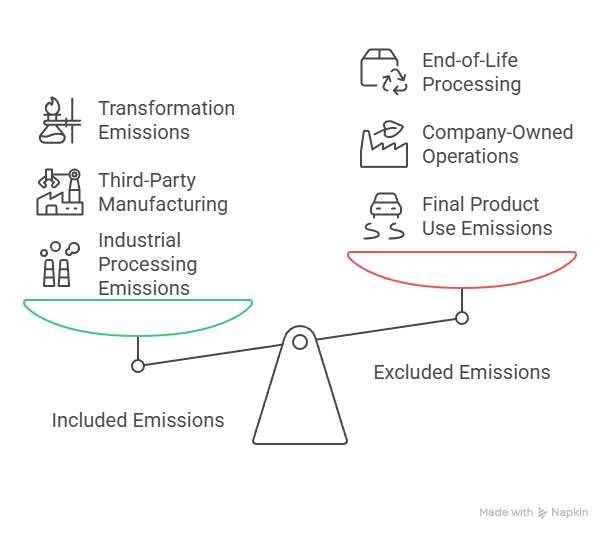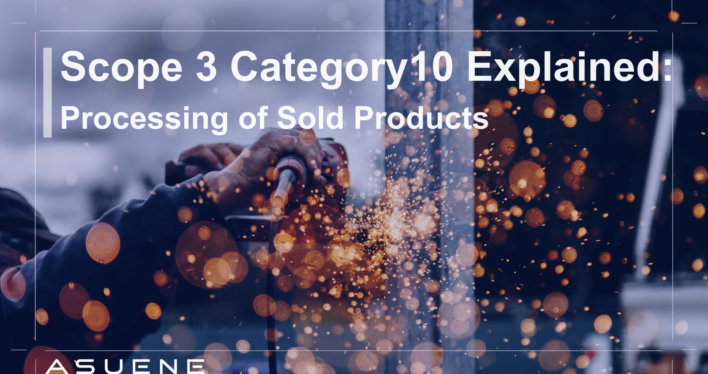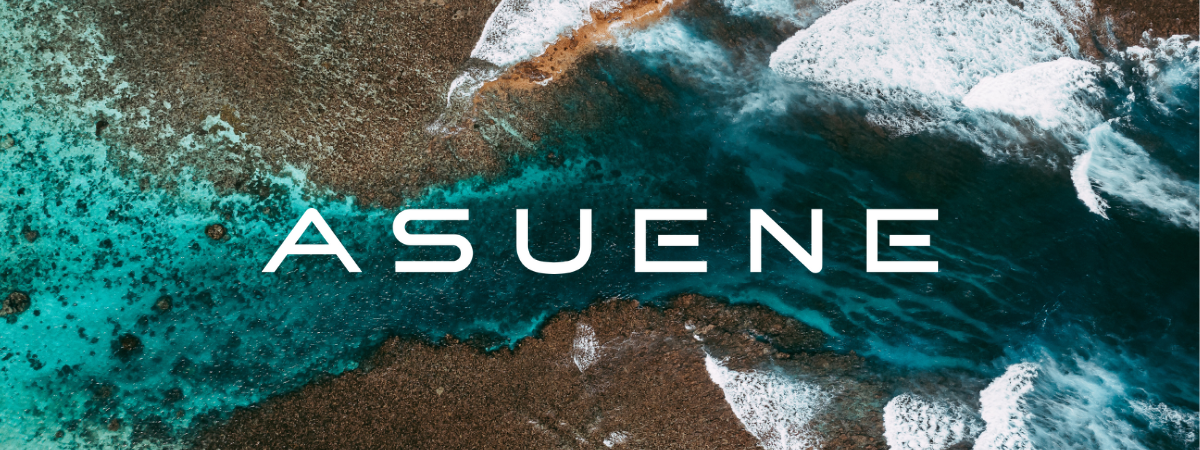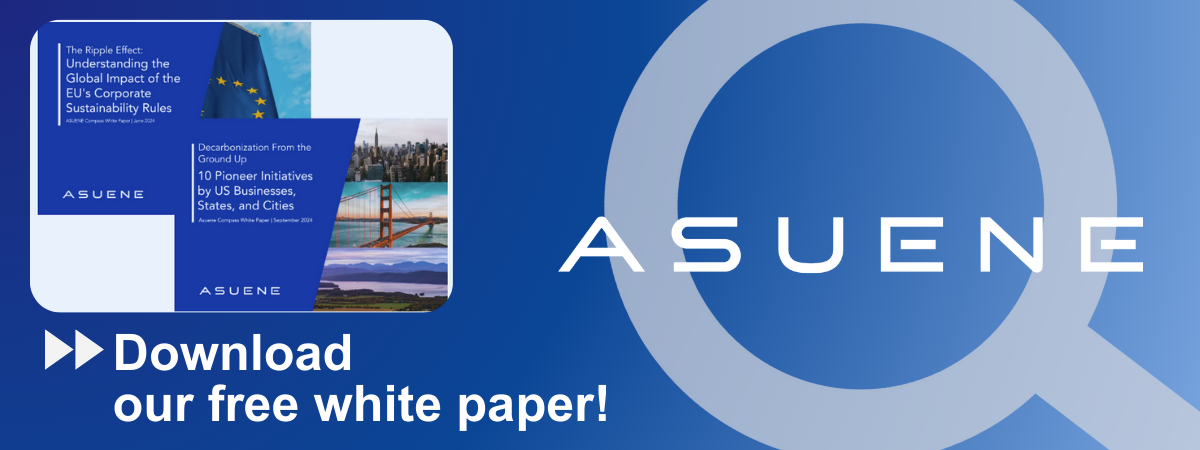- Article Summary
-
Overview of Category 10: Processing of Sold Products
Scope 3 Category 10 covers emissions from the processing of intermediate products sold to third parties, before they reach the final end-use phase. These are upstream activities conducted by customers or downstream business partners that further transform the company’s products—for example, components that are assembled into larger systems, or bulk materials that are refined or treated before sale to end consumers.
This category is particularly relevant for B2B companies in industries like chemicals, metals, construction materials, and industrial equipment, where products undergo additional value-adding transformation before use.
Boundary and Scope Definition

Included:
- Emissions from industrial or chemical processing of sold materials (e.g. steel components, base chemicals)
- Third-party manufacturing that transforms intermediate goods into finished products
- Energy use, chemical reactions, or emissions released during transformation
Excluded:
- Final product use-phase emissions (Category 11)
- Emissions from company-owned downstream operations (Scope 1/2)
- End-of-life processing (Category 12)
This category is often difficult to quantify, as the processing is outside the direct visibility of the reporting company, but it can be material in heavy industry sectors.

Calculation Methodologies
Estimation methods include:
- Lifecycle-Based Approach: Use industry-specific lifecycle inventory (LCI) databases to estimate emissions from standard processing routes
- Customer Engagement: Gather primary data from key customers about their energy use and processes
- Engineering Models: Model common downstream transformation pathways for products based on technical specifications
Inputs required:
- Type and quantity of product sold
- Typical downstream processes used by customers
Case Studies: Real-World Applications of Scope 3 Category 10 Emissions Management
MyGlass Inc.: Tracking Emissions in Automotive Glass Processing
MyGlass Inc., a manufacturer of specialty glass, supplies its products to Luxury Co., which integrates the glass into luxury car windshields. The transformation of raw glass into finished windshields involves significant energy consumption and emissions. Recognizing this, MyGlass Inc. collaborates with Luxury Co. to monitor and reduce emissions during the processing phase. By sharing data and optimizing manufacturing processes, both companies aim to lower their collective carbon footprint.
Raw Material Supplier and Packaging Manufacturer: Collaborative Emission Reduction
A raw material supplier partnered with a packaging manufacturer to address emissions arising from molding, filling, and sealing processes. By jointly analyzing these stages, they identified opportunities to redesign materials and processes, leading to reduced energy consumption and lower emissions. This collaboration exemplifies how upstream and downstream partners can work together to manage Scope 3 Category 10 emissions effectively.
Why Work with ASUENE Inc.?
Asuene is a key player in carbon accounting, offering a comprehensive platform that measures, reduces, and reports emissions, including Scope 1-3, with expertise in decarbonization. Asuene serves over 10,000 clients worldwide, providing an all-in-one solution that integrates GHG accounting, ESG supply chain management, a Carbon Credit exchange platform, and third-party verification.
ASUENE supports companies in achieving net-zero goals through advanced technology, consulting services, and an extensive network.


